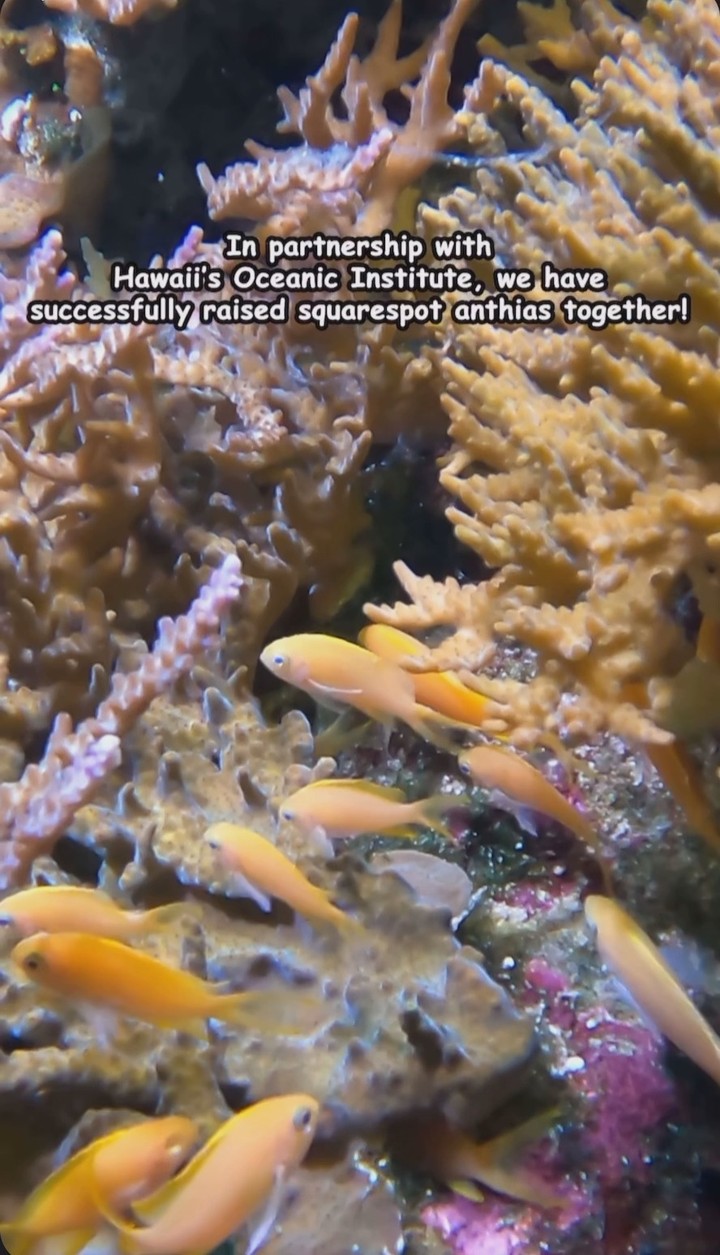- The significance of coral reefs in marine ecosystems and biodiversity.
- The process of fish transport and its role in coral reef conservation.
- Best practices for tagging fish for transportation.
- Challenges associated with fish transport into coral reef habitats.
- The future of coral reef conservation and the role of fish transport.
Coral reefs stand as vibrant ecosystems that support diverse marine life. They are often referred to as the "rainforests of the sea" due to their incredible biodiversity. Reefs serve as habitats for numerous fish species, providing food and shelter. They also play a crucial role in maintaining marine health by acting as nurseries for many aquatic species.
The practice of transporting fish into coral reef systems is becoming increasingly important in conservation efforts. This process not only helps replenish fish stocks but also aids in restoring ecological balance in degraded reefs. Fish transport involves carefully moving marine species from one environment to another, ensuring that they adapt well in their new surroundings. The success of this operation depends on various factors, including the species’ specific needs, the timing of transport, and the methods employed.
Tagging fish is a critical step in the transport process. This technique allows researchers and conservationists to monitor fish health, movements, and survival rates post-release. By attaching small, non-invasive tags to fish, valuable data can be gathered about their behavior and well-being. The tagging process must be done with care to minimize stress to the fish, and it typically involves the use of specialized equipment. Tags can be either external, such as plastic clips, or internal, such as acoustic transmitters.
The methods for fish transport can vary widely, influenced by the type of fish being relocated and the specific circumstances surrounding the transport. For instance, larger fish may require specialized containers fitted with aeration systems to maintain water quality and oxygen levels during transit. Smaller species can often be placed in secure transport bags filled with seawater, but attention must be given to water temperature and salinity.
One of the significant challenges in fish transport is the risk of stress and mortality. Rapid changes in environmental conditions, such as temperature fluctuations, can be harmful. Additionally, prolonged transport times may lead to decreased survival rates. Researchers emphasize the importance of acclimatization, allowing fish to adjust gradually to their new surroundings, minimizing the shock associated with transport.
As we look to the future of coral reef conservation, the role of fish transport becomes even more vital. Climate change poses serious threats to coral reefs, resulting in bleaching events and habitat degradation. By implementing effective fish transport strategies, conservationists can support the recovery of these vital ecosystems. Moreover, ongoing research in marine biology continues to enhance our understanding of fish behavior, improving the outcomes of transport initiatives.
In summary, fish transport into coral reef habitats is a nuanced process that requires careful planning and execution. The significance of coral reefs can hardly be overstated, as they are essential to marine biodiversity and ecological health. By prioritizing research and best practices in fish transport, we can contribute positively to coral reef conservation efforts.
*****
Source Description
Tag along for a fish transport into our coral reef wall! 🪸


